The buyer journey has changed, and it's time for sales teams to adapt.
With more stakeholders involved than ever before and several touchpoints along the way, longer sales cycles have become common.
In fact, CSO Insights reveals that sales cycles have increased by 22% in the last five years, with over a quarter of salespeople citing a lengthy sales process as their top challenge.
And if your brand is struggling with a drawn-out sales cycle, you're in the right place.
We've tackled this issue head-on by talking to sales folks and our in-house experts to compile seven proven tips that can help shorten sales cycle and close deals faster.
Let's dive in!
7 Proven Tips to Shorten Your Sales Cycles
Tip 1: Identify and Prioritize High-Quality Leads
Not all leads are created equal. To avoid wasting time on low-value prospects, implement lead-scoring methods and make the most of your pipeline.
Here's how your sales team can go about segregating leads to choose a sales-qualified lead or ones that are sales-unready:
The first step is to set up a robust lead-scoring system that tracks and measures engagement across various touchpoints:
- Website visits: Which pages are they exploring?
- Content engagement: Are they investing time in learning about your solutions? Which blog posts or case studies are they interested in?
- Email interactions: What's their open rate and response to different offers?
By assigning points to these actions, you'll clearly see which leads in your b2b sales cycle are hot and which need more nurturing.
Additionally, you can also use the BANT model as your trusty compass:
- Budget: Can they afford your solution?
- Authority: Are you talking to the decision-maker?
- Need: Is there a genuine need for your product in their business?
- Timing: Is now the right time for them to buy?
Also read: The MEDDIC sales method
Once you've scored your leads, it's time to segment them:
- High-priority leads: These are your golden tickets. Ensure your sales teams engage with them promptly and personally.
- Lower-priority leads: Don't neglect these! Have your sales reps nurture them through targeted email campaigns, keeping them warm for future opportunities.
Tip 2: Review Your Existing Processes and Prioritize Training
Sometimes, it's best to take a hard look at your existing processes and invest in your team's growth.
Start by having your sales leaders map out your entire sales cycle on a whiteboard. This visual representation will help you identify unnecessary detours and roadblocks.
As you examine each stage, ask yourself: How can we reduce steps? Where can we minimize friction? Remember, every stage should have a clear purpose and outcome.
But streamlining your process is only half the battle. The real secret weapon? A well-trained sales team.
Regular training isn't just a nice to have; it's crucial for staying ahead. Equip your reps with the latest industry knowledge, hone their objection-handling skills, and sharpen their ability to understand and meet customer needs in the buying process.
Invest in continuous learning that helps your team's confidence, boosts motivation, and cultivates a culture of growth and adaptability.
When your team feels empowered, they're better equipped to navigate deals and improve closing rates.
Bonus Tip: While reviewing your sales pipeline and velocity, consider the 3VC model:
- Volume: How many deals are you adding to your pipeline?
- Value: What's the potential worth of these deals?
- Velocity: How quickly are you working through your deals?
- Conversion: What steps are involved in closing your deals?
Regularly audit your 3VC metrics to identify bottlenecks in the sales funnel ("Where are leads dropping off, where is sales velocity low?", etc) and look for opportunities for improvement.
Tip 3: Fill Your Pipeline with Product-Qualified Leads
While looking for high-quality leads, product-qualified leads (PQLs) are the golden ticket.
These are prospects who have already experienced your product's value and are eager to learn more. The best part? PQLs convert 5 to 6 times more often than traditional marketing-qualified leads (MQLs).
While free trials and freemium models can generate PQLs, they often yield low conversion rates and can be costly.
That's where interactive demos can bridge the gap as a powerful tool that showcases your product to the target audience in action without the overhead.
In fact, here's an example of how Upmetrics did it:
They created an easy-to-understand demo focusing on key features, added an interactive demo to their landing page, and let users or key decision-makers preview the product's USP without commitment.
By implementing this, Upmetrics achieved impressive results:
- 78% engagement rate
- 22% new signups
- 12% conversion to paying customers
This is a great example of using a demo to convert website visitors into PQLs.
When you give prospects a taste of your product's value, the impact is seen as it helps shorten the sales cycle and improve conversions.
With Storylane, you can create a similar demo in under 10 minutes with a free trial or book a demo to know more.
Here's a quick preview of how it works:
Also Read: Drive Product Qualified Leads into your Sales funnel
Tip 4: Establish a Robust Sales Enablement Program
If identifying high-quality leads is like finding the perfect race car, then a solid sales enablement program is your pit crew—ensuring that your sales team has everything they need to cross the finish line in time.
Sales enablement equips your sales team with the resources, tools, and guidance they need to close deals faster. Think of it as their secret weapon in the sales cycle.
Here are some non-negotiable components of a sales enablement program:
1. Comprehensive Training: Ensure your team is up-to-date on product knowledge, industry trends, and effective selling techniques.
2. Content Library: Create a centralized repository of sales collateral, case studies, and product information that is easy to access.
3. Technology Stack: Implement CRM systems, analytics tools, and communication platforms to streamline the process between sales and marketing teams.
4. Ongoing Coaching: Provide regular feedback and mentoring to improve your team's performance continuously.
5. Interactive Product Demos: Showcase your product's value with interactive demos that potential customers can access 24/7, without requiring a sales rep's involvement.
Lastly, track your progress. Set up key performance indicators (KPIs) that match your goals, such as conversion rates, revenue growth, and customer satisfaction.
Keep an eye on the data and use it to fine-tune your process. By tracking the right metrics and constantly improving your approach, you'll be able to create a healthy sales pipeline, get the most out of your sales enablement efforts, and see some serious results for your business.
Tip 5: Deal with Objections Early On
Asking the right questions early on is a great way to handle objections and avoid a longer sales cycle. Addressing potential roadblocks early with the buying committee will pave the way for a smoother, faster sales process.
Here are five must-ask questions that will help you navigate objections with multiple decision makers like a pro:
1. "What's your biggest struggle right now?"
This question forces prospects to acknowledge their pain points, allowing you to tailor your pitch to their specific needs. It eliminates the "I don't need this right now" objection before it even surfaces.
2. "What are your business goals for the next six months?"
Understanding their current situation is great, but knowing where they want to go is the real goldmine. This helps you align your solution as the bridge to their desired outcome, tapping into their emotion and making your pitch more compelling.
3. "When are you planning to decide how to move from [current situation] to [desired outcome]?"
This question is your secret weapon against the dreaded "I need to think about it" objection. If they're not ready to give you a yes or no, schedule another call when they're prepared to make a move.
4. "Have you worked with [similar solutions] in the past? What was your experience?"
Without this information, you won't know what they're looking for most from your solution and what could turn them off.
5. "What budget do you have allocated for something like this?"
The money question might feel awkward, but addressing it early on is essential. By discussing the budget upfront, you can focus on demonstrating the value proposition rather than justifying the price and avoid the "I can't afford this" objection.
Also read: Tips and script templates for objection handling
Tip 6: Use the Relationship-Building Sequence
Unless you're working from a referral, buyers have many reasons to be skeptical. In B2B sales, trust isn't just important—it's everything.
Your prospects are constantly asking themselves: "Can this company deliver? Do they truly understand my needs? Will I see a return on my investment?"
To answer these questions and speed up your sales cycle, focus on building relationships and showcasing concrete proof of your value.
Here's how to do it:
- Nurture relationships throughout the sales cycle: Don't just pitch; provide value. Share insightful blog posts, engaging videos, and interactive demos that speak directly to your prospect's pain points. Be the go-to source for industry trends and insider data that potential clients can't find on Google.
- Leverage social proof: Nothing builds credibility faster than real-world success stories. Develop detailed case studies that show how companies similar to your prospects have benefited from your solution. Don't just talk about features; focus on tangible outcomes and ROI to help speed up their decision making process.
This approach of consistently adding value, sharing relevant success stories, and demonstrating industry knowledge does more than just build trust; it actively lowers the perceived risk of buying.
“We use case studies, cultural videos, and product showcases to curve the sales cycle by increasing brand awareness. This way, clients are intrigued to buy instead of persuaded to be sold” says John Morris on the Marketing Mindset Podcast.
The sooner you can lower the trust barrier, the faster you can move your prospect to make a decision leading to a shorter sales cycle.
Tip 7: Use the Right Tech Stack
Automation helps ensure a consistent customer experience and helps the sales team handle objections and close deals faster.
A well-chosen tech stack streamlines workflows and provides insights to boost sales efficiency.
Here are a few recommendations from our own sales team:
- Prospecting tools (e.g., Apollo, ZoomInfo, LinkedIn Sales Navigator) to identify high-value leads
- CRM systems (e.g., HubSpot, Freshsales) to manage pipelines and determine optimal follow-up cadences
- Meeting scheduling tools (e.g., Calendly) to easily book demos without back-and-forth
- E-signature solutions (e.g., DocuSign) for secure and speedy contract signing
- AI email assistants to automate follow-ups and responses
- Content-sharing platforms (e.g., Paage.io, Trumpet) to provide educational resources to prospects
And here are some tips for using this tech effectively, too, all from the sales team:
- 1. Automate repetitive tasks like follow-up emails so reps can focus on high-impact activities
- 2. Provide ample educational content (help docs, best practices) to move prospects through the funnel
- 3. Leverage AI to personalize outreach at scale and route leads intelligently
By using automation, you can deliver consistent yet customized experiences at key touchpoints like demo scheduling, meeting reminders, and post-demo follow-up.
Also Read: Tools to Build the Best Sales Tech Stack
Tip 7: Be Proactive and Advance the Sale
Effective planning enables sales reps to proactively move deals forward rather than just "checking in." To advance the sale with each interaction, it's best to follow these tips:
1. Provide value: Share new insights, address outstanding questions, and clearly articulate how your solution meets the prospect's needs.
2. Have a clear objective: Enter every conversation with a defined next step in mind to progress the buying process.
3. Understand the decision process: Ask about the timeline, criteria, and stakeholders involved. Loop in other key stakeholders early to get buy-in.
4. Get ahead of potential roadblocks: Proactively bring up common obstacles like security reviews and competitor evaluations to address them upfront.
5. Align with the prospect's timeline: Uncover key deadlines (e.g., any upcoming events), send follow-up reminders, and prioritize/expedite the next steps accordingly.
By discussing the value and the full scope of the deal and matching the cadence to the prospect's timeline, reps can take control, avoid deals falling, and accelerate the sales cycle.
Crossing the Finish Line and Closing Deals
Success in sales requires consistent effort and fine-tuning.
Don't be afraid to experiment, iterate, and adapt your approach based on what works best for your team and your customers. The key is to always keep your eye on the prize: shortening the sales cycle by increasing efficiency at every step.
Ready to rev up your revenue? Start implementing these tips today and watch your sales cycle shrink, and your profits soar.

.svg)
.svg)







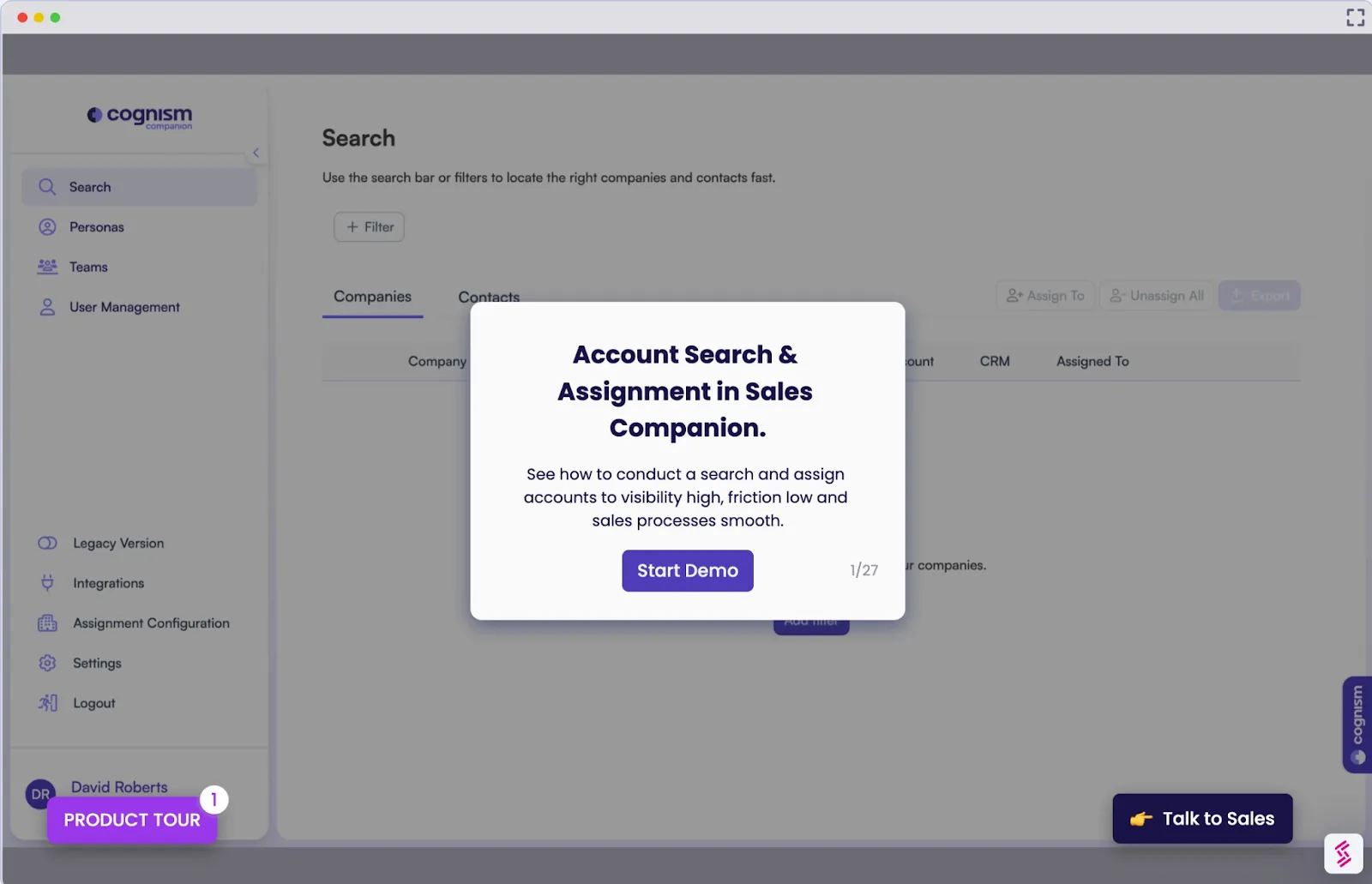
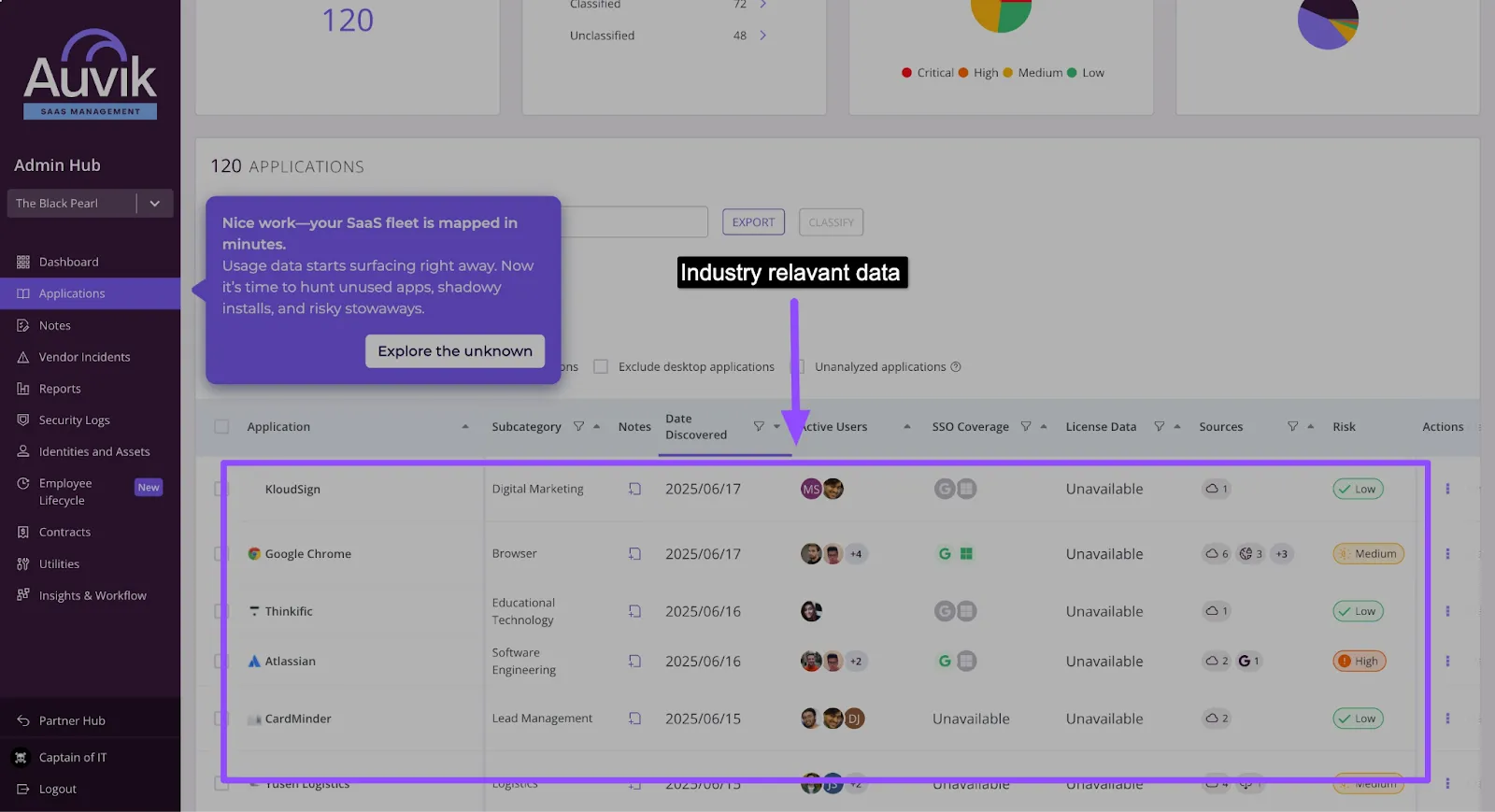

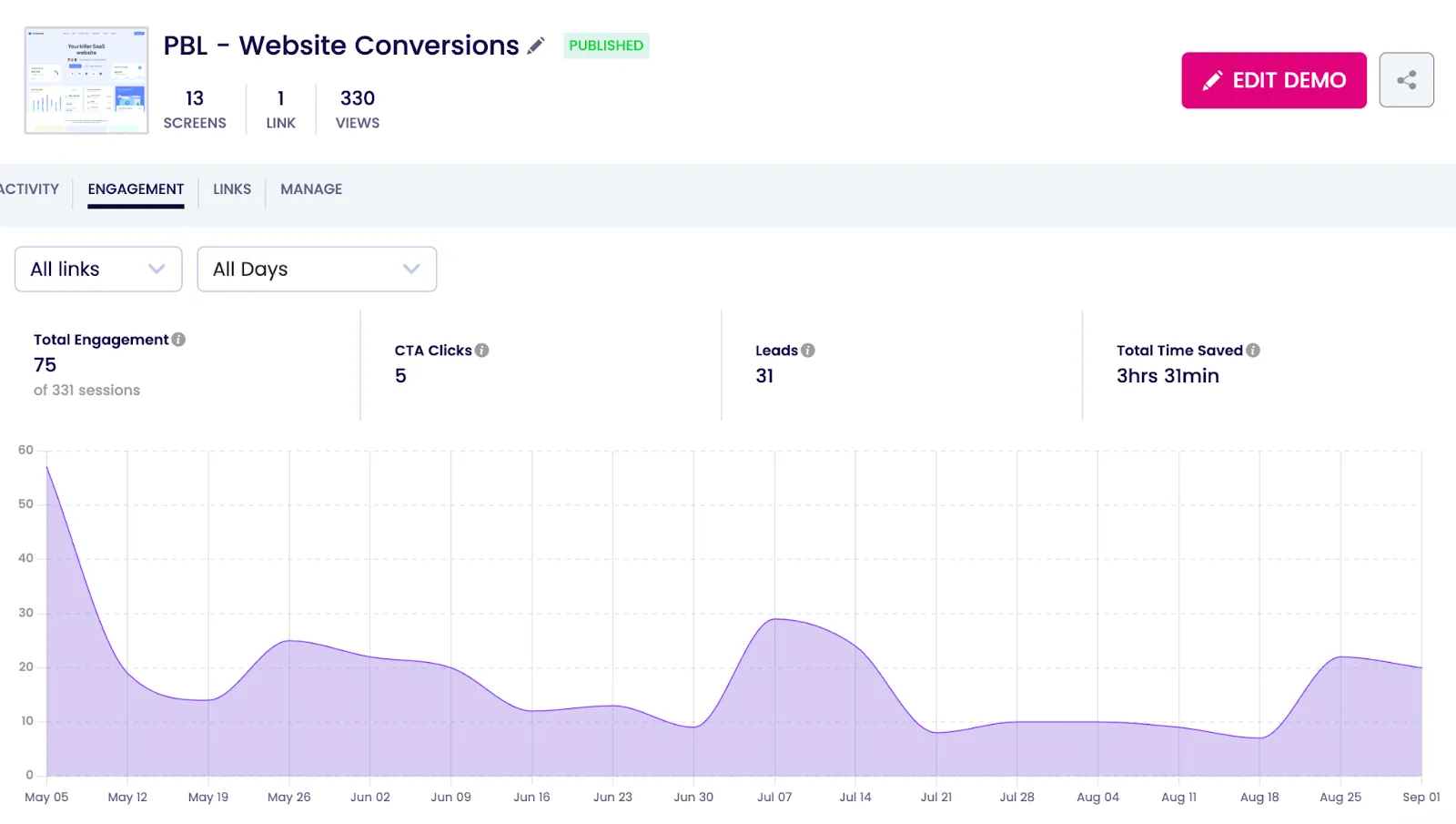
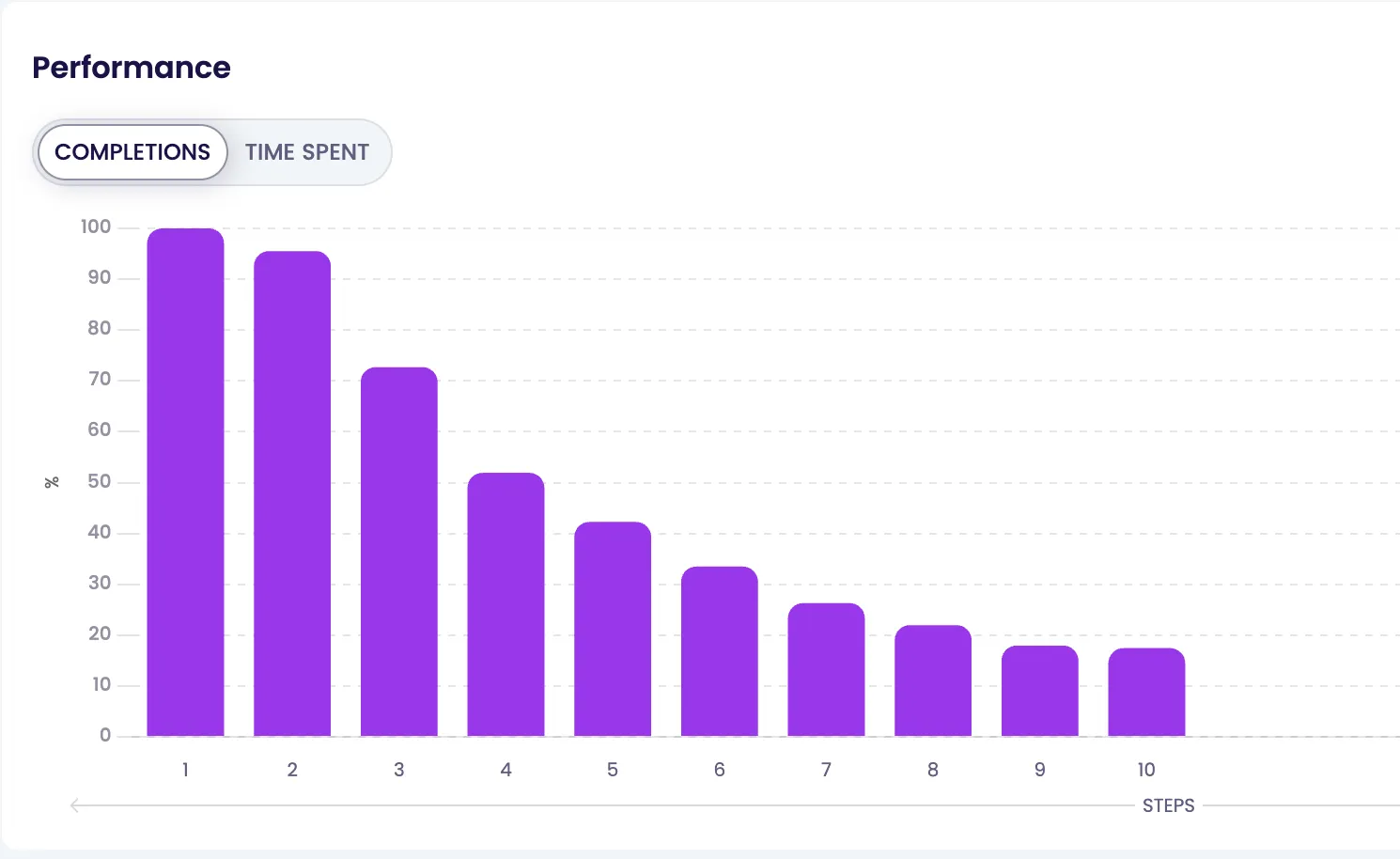
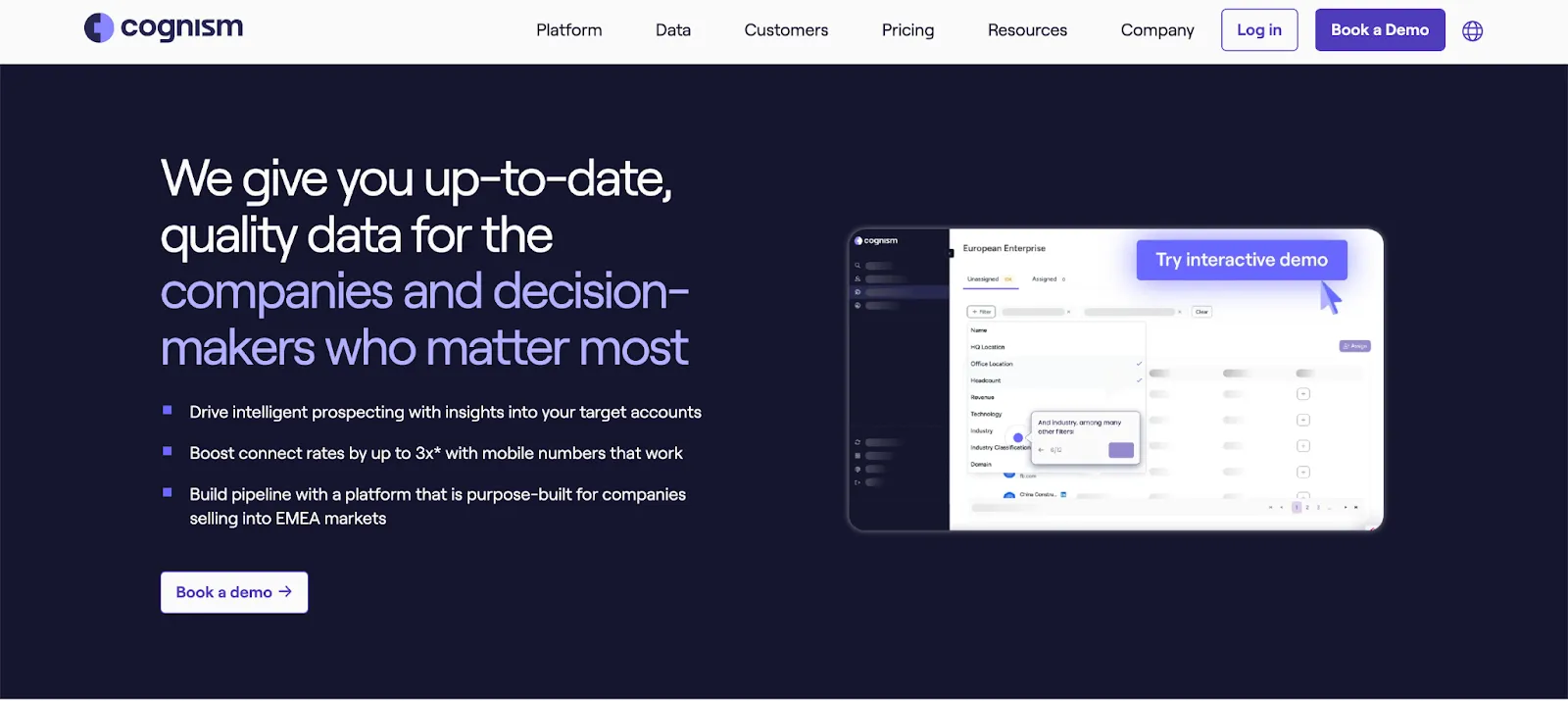



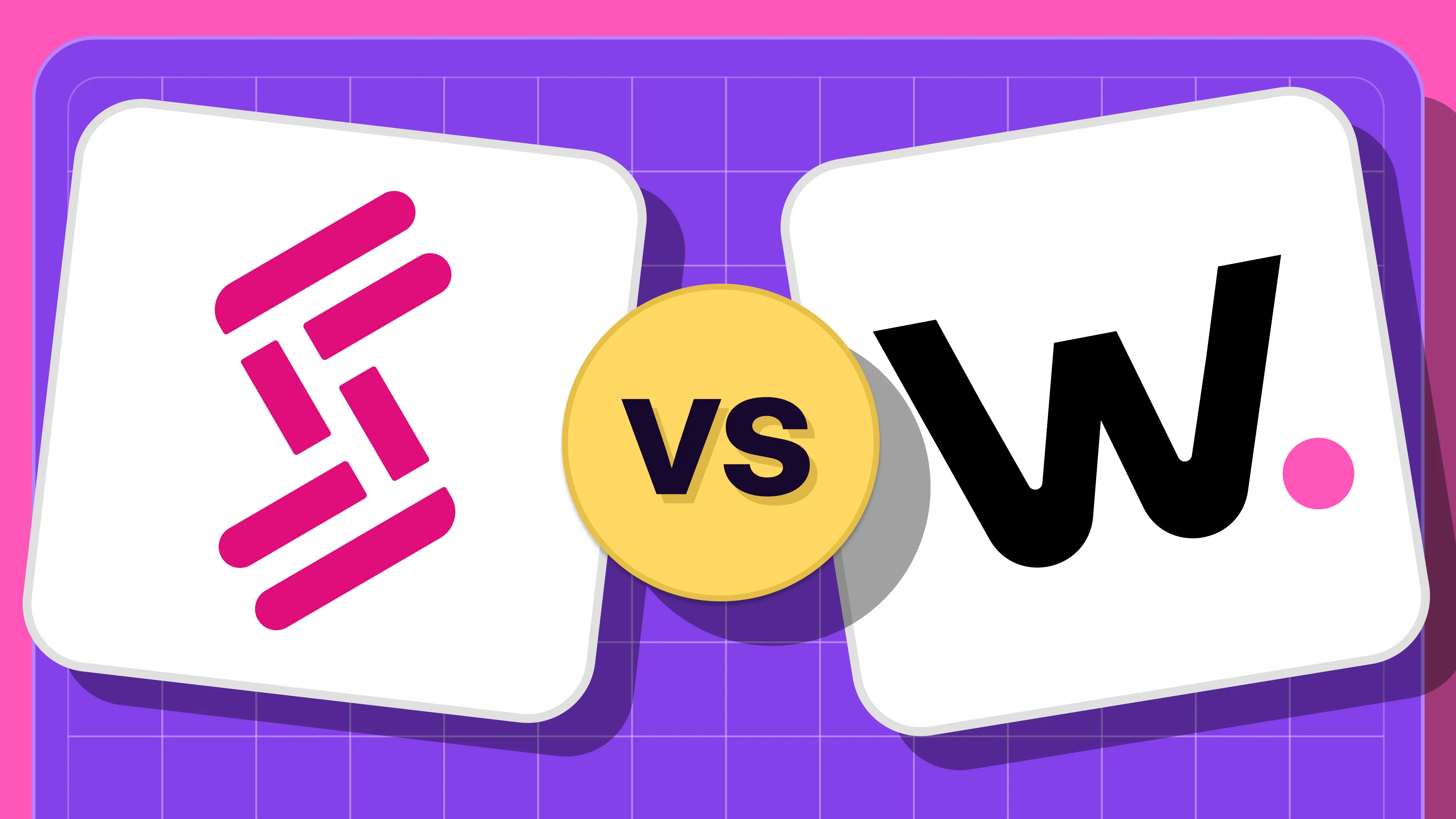
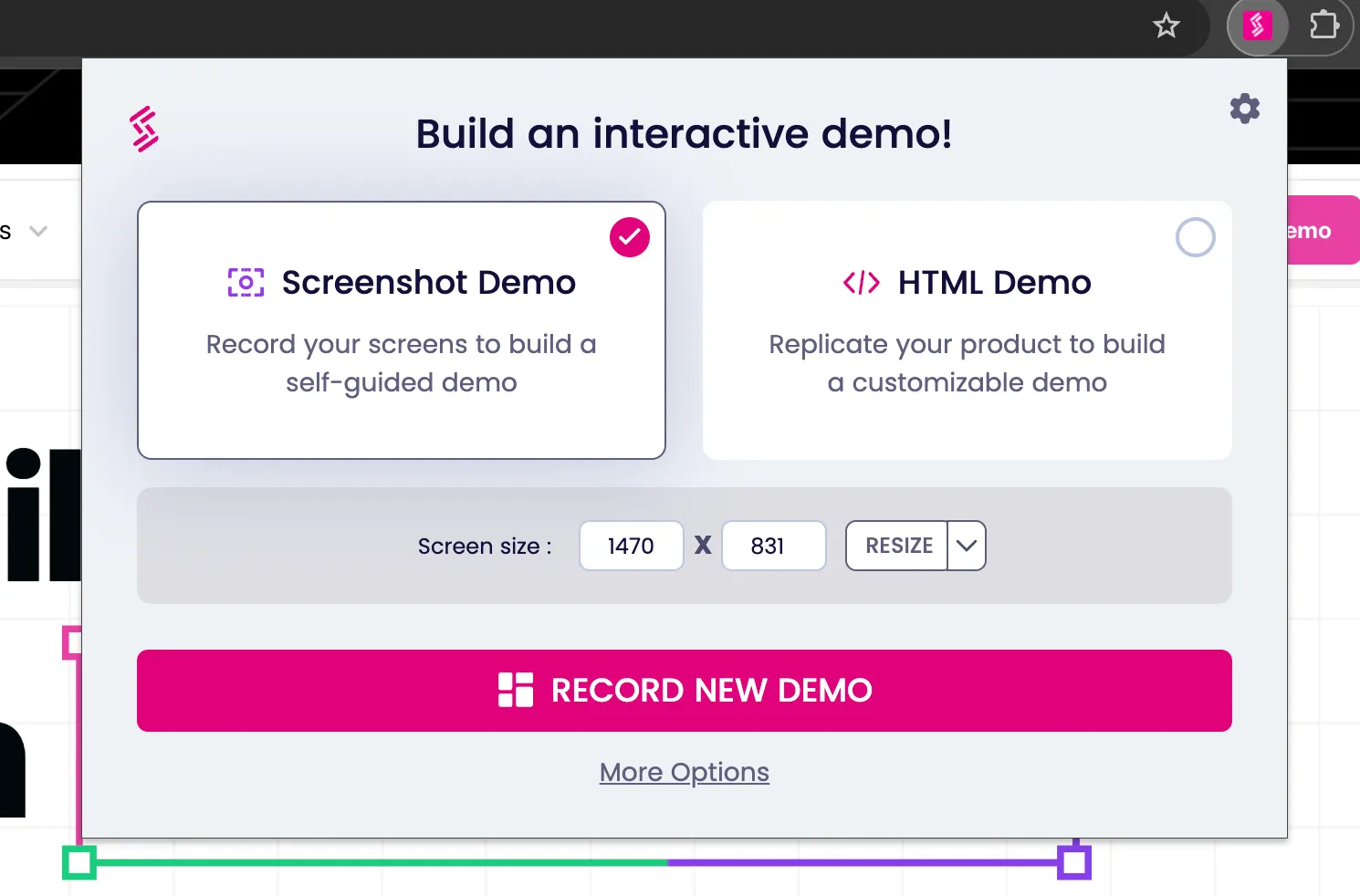


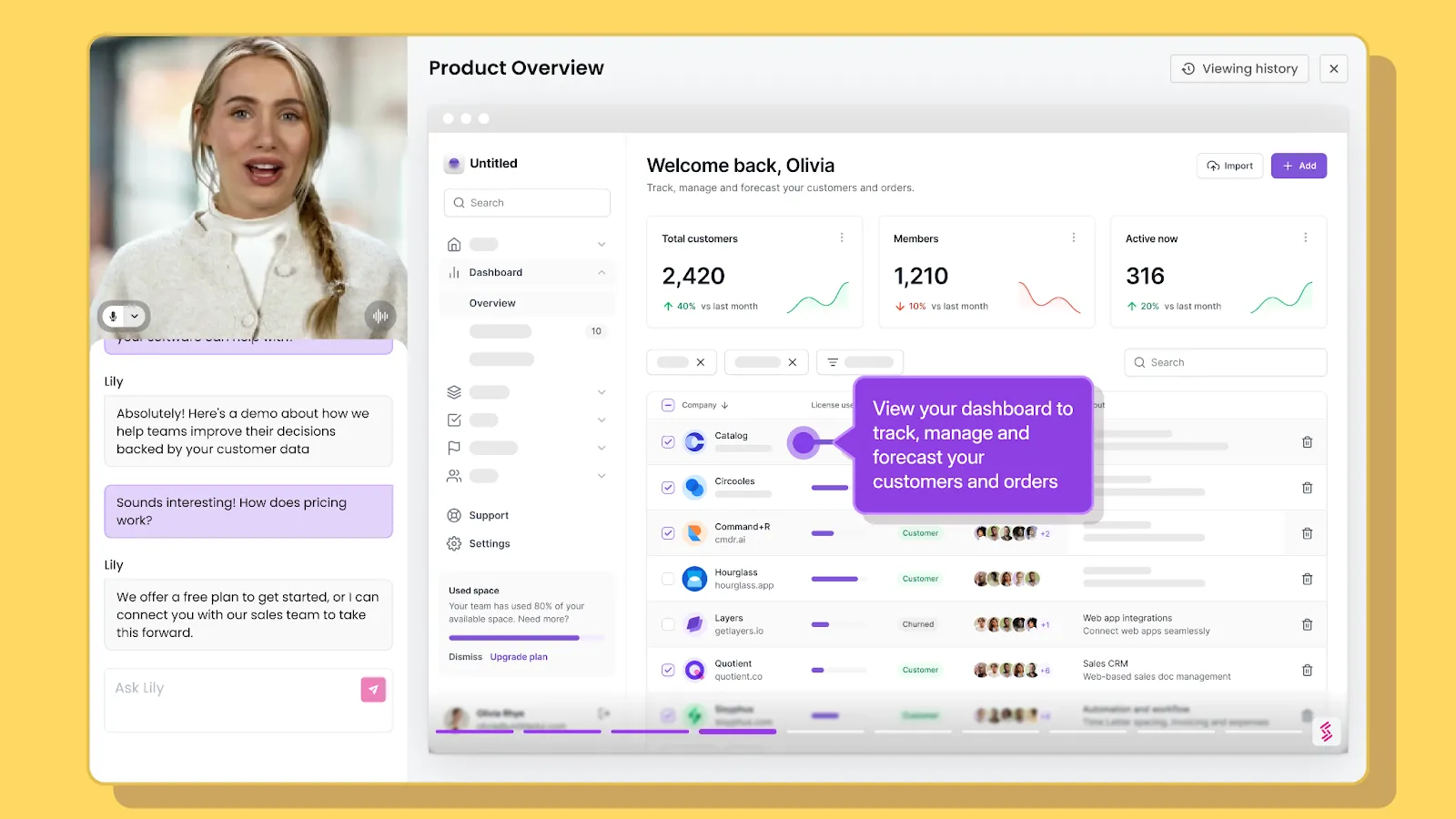









.svg)

.webp)